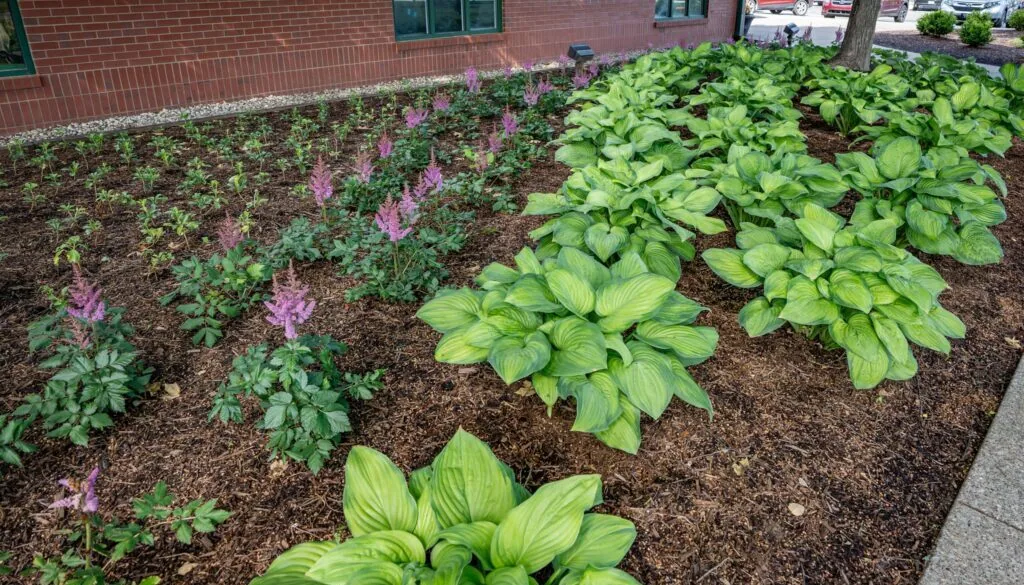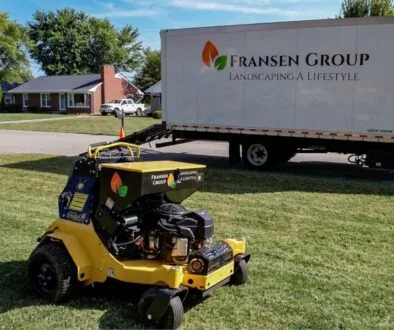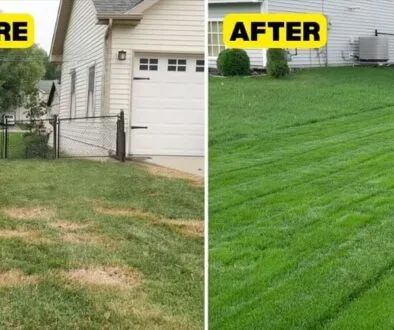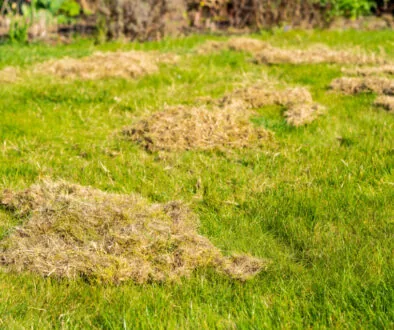Maximizing Quality and Horticultural Value
Best Management Practices for Commercial Landscape Management
When it comes to commercial landscape management, curb appeal isn’t just aesthetic—it’s strategic. A professionally maintained landscape sends a strong first impression, reinforces your brand, and supports tenant satisfaction, customer engagement, and even employee wellness. But achieving a lush, vibrant, and healthy landscape doesn’t happen by chance. It requires strategic planning and execution grounded in Best Management Practices (BMPs).
Here are the top BMPs commercial property owners and managers should expect from a high-quality landscape management partner:
1. Site-Specific Planning and Design
Every commercial site has unique environmental, structural, and functional needs. A high-performing landscape team begins by evaluating:
- Soil conditions and drainage
- Sunlight exposure
- Foot traffic and usage patterns
- Seasonal considerations
- Business branding goals
This data informs a maintenance plan and planting palette that supports long-term success, not just short-term aesthetics.
Pro Tip: Native and adaptive plants often provide the best ROI, requiring less water, fertilizer, and labor while thriving in your region’s climate.
2. Integrated Maintenance Scheduling
Seasonal landscaping needs vary, and your contractor should implement a maintenance calendar that aligns with growth cycles and climate conditions. This includes:
- Weekly mowing and edging
- Seasonal pruning for health and structure
- Fertilization timed with plant nutrient uptake
- Mulching for root insulation and weed suppression
- Seasonal flower rotations for year-round color
Coordinated scheduling ensures nothing is overlooked, while also maximizing labor efficiency and visual appeal.
3. Horticulturally Sound Pruning Practices
Over-pruning and improper timing can damage plant health and ruin a site’s appearance. Quality landscape management firms employ certified horticulturists who:
- Prune to promote healthy structure and flowering
- Remove only the necessary growth
- Time cuts to avoid pest vulnerability and disease spread
Quality Tip: Avoid shearing shrubs into unnatural shapes—natural form pruning creates healthier, longer-lived plants.
4. Smart Irrigation Management
Efficient water use is crucial for both sustainability and budget control. BMPs for irrigation include:
- Smart controller installation with weather-based adjustments
- Regular system inspections for leaks, coverage issues, or broken heads
- Hydrozoning to separate turf, flower beds, and shrubs by water needs
A responsive irrigation plan can reduce water usage by 20–50%, all while supporting plant health and minimizing disease risk.
5. Proactive Weed and Pest Control
Integrated Pest Management (IPM) is the gold standard for modern commercial landscapes. Instead of blanket chemical spraying, IPM combines:
- Routine scouting and monitoring
- Use of biological controls where possible
- Targeted chemical use only when necessary
- Mulching and plant selection to prevent weed growth
This not only protects the environment and public health, but it also keeps the landscape looking professional and clean.
6. Soil Health and Turf Management
Everything starts with a good foundation! Healthy soil = healthy plants. That’s why ongoing soil analysis and improvement are core BMPs. This includes:
- Aeration to relieve compaction and improve root development
- pH balancing and amendments based on lab soil tests
- Compost applications to support microbial life
- Proper mowing height and frequency to strengthen turf and prevent weeds
Investing in soil health creates a more resilient and attractive landscape over time.
7. Sustainable Plant Choices and Renovations
Outdated, overgrown, or water-thirsty plants should be periodically replaced with:
- Drought-tolerant or native species
- Pollinator-friendly plants
- Lower-maintenance groundcovers or ornamental grasses
Smart renovations every few years keep the property modern, reduce costs, and increase ecological value.
8. Clear Communication and Reporting
The best landscape firms prioritize communication just as much as curb appeal. Look for a provider that offers:
- Digital service logs or reporting portals
- Before/after photos of projects
- Quarterly site reviews and recommendations
- Fast response times for emergencies or extra needs
Proactive communication gives property managers peace of mind and supports better planning.
9. Safety, Compliance, and Professionalism
A commercial landscape crew should:
- Wear uniforms and high-visibility safety gear
- Follow OSHA and ANSI tree care standards
- Use well-maintained, quiet equipment
- Be fully insured with proper licensing and certifications
Professional behavior on-site protects your liability and maintains the integrity of your business environment.
Final Thoughts on Commercial Landscape Management
A well-managed commercial landscape is an investment that pays dividends in visual appeal, property value, tenant satisfaction, and operational efficiency. When you choose a landscape partner who follows these best management practices, you’re ensuring that your green space reflects the same quality, professionalism, and pride that your business stands for.
If you’re looking for a trusted commercial landscape team in the Louisville, KY area, the Fransen Group is here to help with tailored maintenance programs, seasonal color, and sustainable solutions designed for results.





